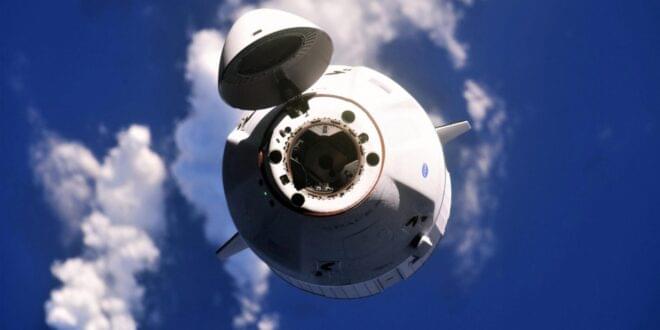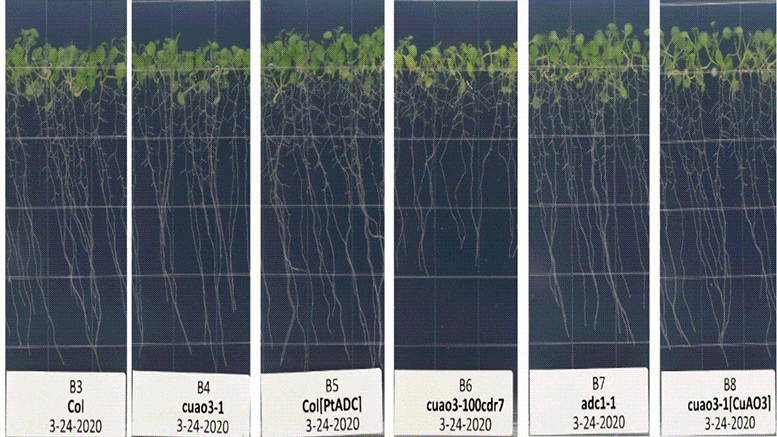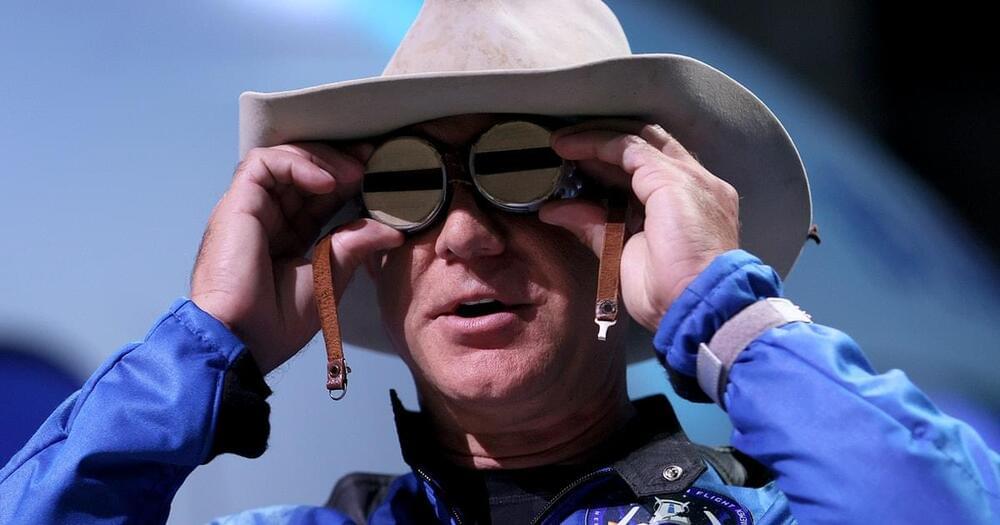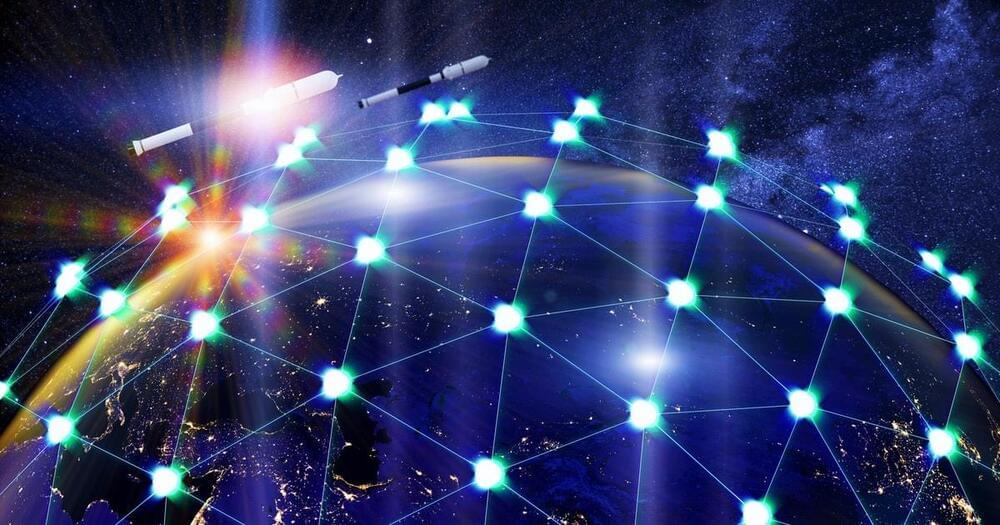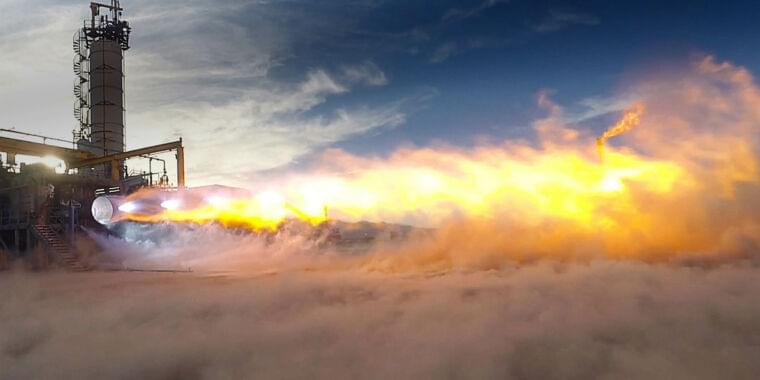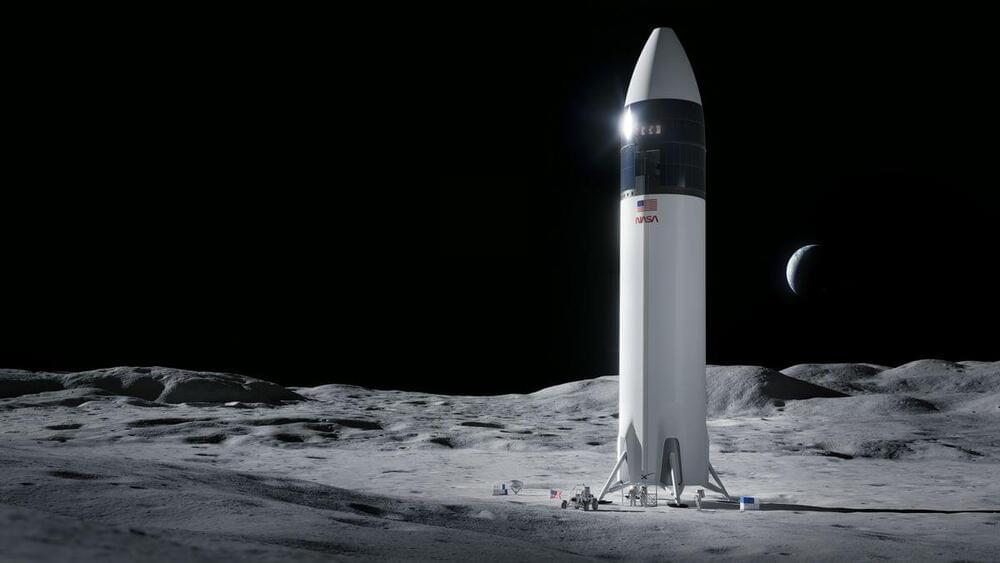First 200 to join through the link get 20% off the annual Premium subscription! https://brilliant.org/WhatAboutIt/
Today we’ll talk Starship and Super Heavy timeline! How long until SpaceX lights the candle again? Heatshield, tank farm, prototype testing. What’s left to do, and can we make an educated guess as to how many more weeks? Yes, we can! Let’s find out!
RGV Aerial Photography — Become a Flight-Supporter!
https://www.patreon.com/RGVaerial.
Credit:
⭐SpaceX
⭐NASA
⭐RGV Aerial Photography on Twitter: @RGVaerialphotos.
⭐RGV Aerila Photography on YouTube: @RGV Aerial Photography.
⭐Mary on Twitter: @bocachicagal.
⭐LabPadre on Twitter: @Labpadre.
⭐LabPadre on YouTube: @LabPadre.
⭐https://www.nasaspaceflight.com.
⭐Nick Henning on Twitter: @NickHenning3D
⭐John Winkopp on Twitter: @John_Winkopp.
⭐Tijn M on Twitter: @m_tijn.
⭐Tony Bela on Twitter: @InfographicTony.
⭐ErcX on Twitter: @ErcXspace.
3D Daniel on Twitter: @3DDaniel1
⭐SpaceX 3D Creation Eccentric on Twitter: @Bl3D_Eccentric.
⭐SpaceX 3D Creation Eccentric on YouTube: @SpaceX 3D Creation Eccentric.
⭐Ocean Cam on Twitter: @obetraveller.
⭐Ocean Cam on YouTube: @Ocean Cam.
⭐Alex Svan on Twitter: @alexsvanart.
⭐Caspar Stanley on Twitter: @Caspar_Stanley.
⭐Neopork on Twitter: @Neopork85
⭐Corey on Twitter: @C_Bass3d.
Editing: Brian Klug.
